Home>Construction & Tools>Building Materials>What Is A Brick
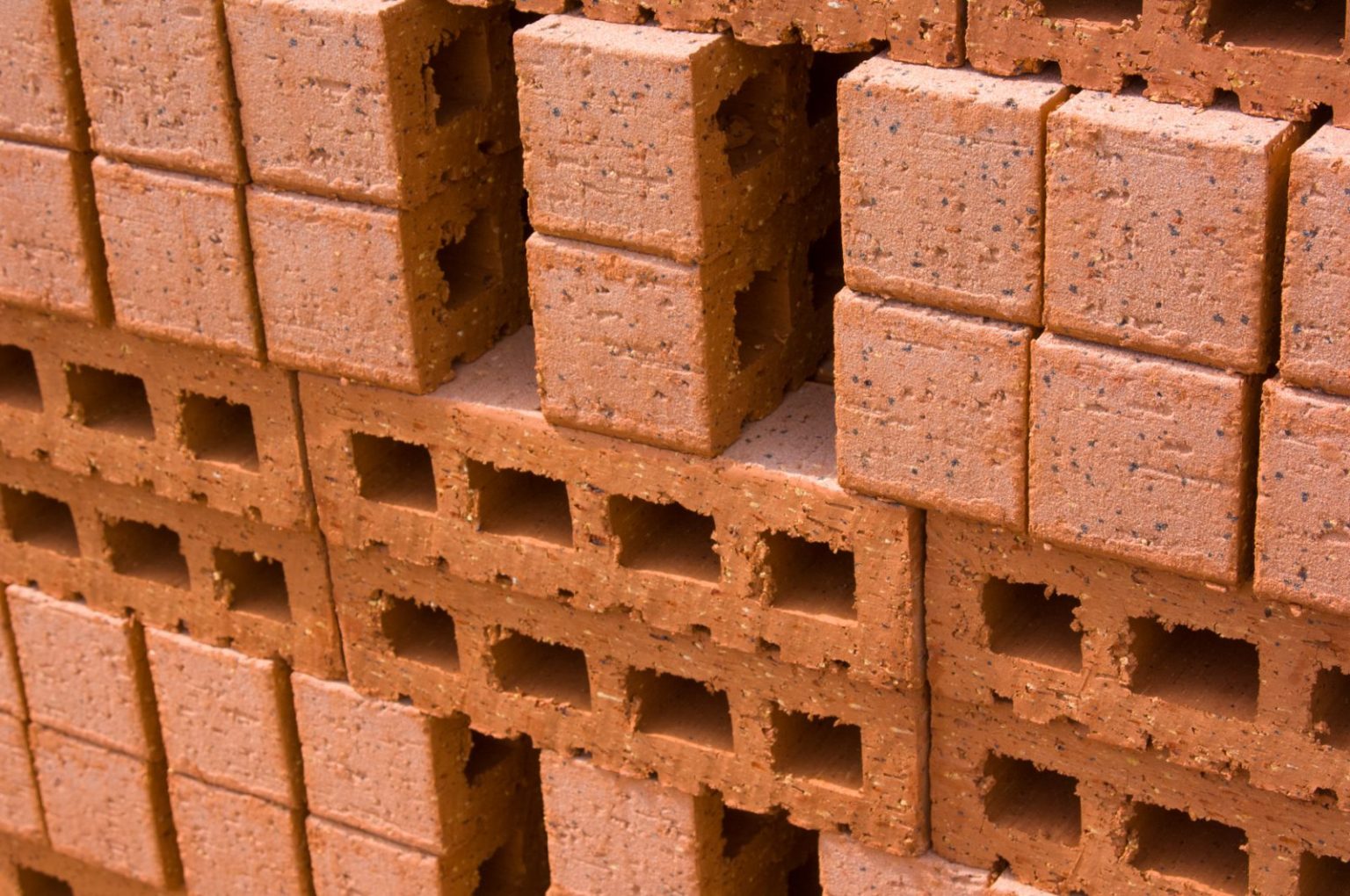

Building Materials
What Is A Brick
Modified: August 18, 2024
Learn about the uses and properties of bricks as essential building materials. Discover the various types and benefits of using bricks in construction projects.
(Many of the links in this article redirect to a specific reviewed product. Your purchase of these products through affiliate links helps to generate commission for Storables.com, at no extra cost. Learn more)
Introduction
Bricks are an essential and timeless building material that has been used for centuries to construct a wide array of structures, from humble dwellings to grand architectural marvels. The enduring popularity of bricks can be attributed to their remarkable durability, versatility, and aesthetic appeal. This article delves into the fascinating world of bricks, exploring their definition, historical significance, various types, manufacturing process, applications, as well as their advantages and disadvantages. Whether you are a construction enthusiast, a history buff, or simply curious about the fundamental components of our built environment, this comprehensive guide will illuminate the enduring legacy and contemporary relevance of bricks.
Key Takeaways:
- Bricks, a timeless building material, offer durability, thermal insulation, and aesthetic versatility. From load-bearing walls to captivating facades, they shape enduring and visually captivating structures.
- While bricks provide durability and environmental benefits, their weight, installation complexity, and environmental impact require careful consideration. Informed decision-making is crucial for leveraging their strengths in construction projects.
Read more: What Is A Brick Paver
Definition of a Brick
A brick is a rectangular block made from clay, shale, or other materials that are hardened by baking at high temperatures. These blocks are commonly used in construction to create walls, pavements, and other elements of a structure. Bricks are typically arranged in courses and bonded together using mortar, a cementitious material that hardens to hold the bricks in place.
The standard size of a brick varies across regions, but a common dimension is 9 x 4.5 x 2.5 inches. However, there are also larger and smaller bricks used for specific applications. Bricks come in a range of colors, textures, and compositions, offering architects and builders a versatile palette to work with.
One of the key characteristics of bricks is their ability to withstand high compressive loads, making them an ideal choice for load-bearing walls in buildings. Additionally, bricks possess excellent thermal mass properties, helping to regulate indoor temperatures and contribute to energy efficiency.
Bricks are a fundamental component of the built environment, and their enduring popularity can be attributed to their durability, fire resistance, and timeless aesthetic appeal. Whether used in traditional or contemporary architecture, bricks continue to play a vital role in shaping the world around us.
History of Bricks
The history of bricks dates back to ancient civilizations, where they were instrumental in the development of architectural and construction practices. The earliest evidence of fired bricks can be traced to the ancient Indus Valley Civilization, where kiln-fired bricks were used in the construction of intricate structures such as the Mohenjo-Daro and Harappa settlements around 2600 BC.
Ancient Mesopotamia, known as the cradle of civilization, also made significant contributions to brick-making techniques. The Babylonians and Assyrians utilized sun-dried and kiln-fired bricks to build monumental structures, including ziggurats and city walls. The durability and abundance of bricks made them a preferred building material in the region.
During the Roman Empire, bricks played a pivotal role in the construction of iconic structures such as the Colosseum and the Roman aqueducts. The Romans perfected the art of brick-making, introducing innovations in kiln design and mortar composition. Their use of bricks in architectural marvels contributed to the widespread adoption of this building material across Europe and beyond.
The medieval period witnessed the resurgence of brick construction, particularly in Northern Europe. The development of brick Gothic architecture in regions like the Baltic states and northern Germany showcased the aesthetic and structural potential of bricks, leading to the creation of stunning cathedrals and fortifications.
Fast forward to the industrial revolution, and the mass production of bricks became feasible with the invention of steam-powered brick-making machines. This revolutionized the construction industry, enabling the rapid expansion of cities and the construction of countless buildings using standardized bricks.
Today, the legacy of brick-making continues, with modern technologies and sustainable practices enhancing the production and application of bricks in contemporary architecture. From historic landmarks to innovative urban developments, the enduring appeal and enduring legacy of bricks persist, embodying the timeless artistry and resilience of this remarkable building material.
Types of Bricks
Bricks come in a diverse range of types, each tailored to specific construction needs and aesthetic preferences. Understanding the various types of bricks is essential for architects, builders, and homeowners seeking to achieve the desired structural integrity and visual appeal in their projects. Here are some common types of bricks:
- Common Bricks: Also known as building bricks, these are the most basic and widely used bricks for construction. They are typically made from clay and are suitable for general applications such as walls and pavements.
- Engineering Bricks: These bricks are designed for structural use, offering high compressive strength and low water absorption. They are commonly used in areas requiring exceptional durability and weather resistance.
- Facing Bricks: These bricks are crafted with an emphasis on aesthetics, featuring appealing textures, colors, and finishes. They are used as the visible exterior surface of buildings, adding character and charm to architectural designs.
- Fire Bricks: Also known as refractory bricks, these are designed to withstand high temperatures without deforming or cracking. They are essential for constructing fireplaces, kilns, and industrial furnaces.
- Perforated Bricks: These bricks contain holes or perforations to reduce weight and improve insulation. They are commonly used in cavity walls to enhance thermal efficiency.
- Special Shaped Bricks: These bricks are molded into specific shapes to accommodate unique design requirements, such as bullnose bricks for rounded edges or coping bricks for parapet walls.
- Pavers: Bricks designed for use in outdoor paving applications, including driveways, pathways, and patios. They offer durability and aesthetic appeal for landscaping projects.
Each type of brick serves a distinct purpose, offering a combination of structural strength, durability, and visual appeal to meet the demands of diverse construction projects. Whether it’s creating a robust load-bearing wall, adding a touch of elegance to a facade, or enhancing outdoor spaces with inviting pathways, the versatility of brick types provides a wealth of options for architectural creativity and practical functionality.
Uses of Bricks
Bricks are a versatile building material with a wide range of applications across residential, commercial, and industrial construction. Their enduring popularity stems from their durability, thermal properties, and aesthetic versatility. Here are some common uses of bricks in the construction industry:
- Structural Walls: Bricks are widely used to construct load-bearing walls in buildings, providing robust support and stability. Their compressive strength and longevity make them a preferred choice for structural applications.
- Facade and Exteriors: Facing bricks are employed to create visually appealing exterior surfaces, enhancing the curb appeal and architectural character of buildings. They offer a diverse range of colors, textures, and finishes to achieve unique design expressions.
- Fireplaces and Chimneys: Fire bricks are essential for constructing fireplaces, chimneys, and hearths due to their ability to withstand high temperatures without deforming. Their heat-resistant properties ensure safety and longevity in these specialized applications.
- Pavements and Pathways: Pavers made from bricks are utilized in outdoor landscaping for driveways, walkways, patios, and other paved surfaces. They add a touch of elegance and durability to outdoor spaces while offering ease of maintenance.
- Industrial Furnaces and Ovens: Refractory bricks play a critical role in the construction of industrial furnaces, kilns, and ovens, where high temperatures and thermal insulation are essential for efficient operations.
- Partition Walls: Bricks are used to create interior partition walls, providing structural separation and acoustic insulation within buildings. Their solid construction contributes to sound attenuation and privacy in interior spaces.
- Landscaping Features: Bricks are utilized in landscaping projects to build retaining walls, garden borders, and decorative elements, adding visual interest and functionality to outdoor environments.
From foundational elements to decorative enhancements, bricks play a multifaceted role in the construction landscape, offering durability, aesthetic appeal, and functional performance across diverse architectural contexts. Their adaptability and enduring charm make them a timeless choice for builders and designers seeking to create enduring and visually captivating structures.
Bricks are commonly made from clay and are used in construction. They are durable and fire-resistant, making them a popular building material.
Read more: What Is Repointing Brick
Manufacturing Process of Bricks
The manufacturing process of bricks involves several stages, each contributing to the creation of durable, high-quality building materials. The following steps outline the typical process of producing traditional clay bricks:
- Extraction of Raw Materials: The process begins with the extraction of clay, shale, or other suitable materials from natural deposits. These raw materials are then transported to the brick manufacturing facility for further processing.
- Preparation and Blending: The raw materials undergo thorough preparation, including crushing, grinding, and blending to achieve a homogenous mixture. This ensures uniformity and consistency in the composition of the brick material.
- Molding and Forming: The prepared clay mixture is shaped into brick units using molds or extrusion processes. This step determines the size, texture, and surface characteristics of the bricks, allowing for customization based on design requirements.
- Drying: The newly formed bricks are subjected to a controlled drying process to remove excess moisture. This is typically done in specialized drying chambers or under natural conditions, ensuring the bricks attain the desired strength and stability before firing.
- Firing or Kiln-Baking: The dried bricks are fired in kilns at high temperatures, ranging from 900 to 1200 degrees Celsius, depending on the type of clay and desired properties. This firing process vitrifies the clay particles, transforming them into a durable, solid matrix through a chemical and physical transformation known as sintering.
- Cooling and Quality Control: Once the firing process is complete, the bricks are allowed to cool gradually within the kiln to prevent thermal shock and ensure uniform strength. Quality control measures are implemented to assess the dimensions, surface finish, and structural integrity of the finished bricks.
- Packaging and Distribution: The final step involves packaging the bricks for distribution to construction sites or storage facilities. Proper packaging safeguards the bricks from damage during transportation and storage, ensuring they reach their intended destination in optimal condition.
While the traditional manufacturing process outlined above pertains to clay bricks, modern brick production may incorporate advanced technologies, sustainable practices, and innovative materials to enhance efficiency and environmental responsibility. From ancient kiln-firing techniques to contemporary automated production lines, the art and science of brick manufacturing continue to evolve, shaping the built environment with enduring and sustainable building materials.
Advantages and Disadvantages of Bricks
Bricks have long been revered for their numerous advantages in construction, yet they also present certain limitations that warrant consideration. Understanding the strengths and weaknesses of bricks is crucial for informed decision-making in architectural and building projects. Here are the key advantages and disadvantages of using bricks as a building material:
Advantages:
- Durability: Bricks are renowned for their exceptional durability, with the capacity to withstand weathering, fire, and structural loads over extended periods.
- Thermal Insulation: Bricks possess excellent thermal mass properties, regulating indoor temperatures and contributing to energy efficiency in buildings.
- Aesthetic Versatility: With a diverse range of colors, textures, and finishes, bricks offer architects and designers abundant options for creating visually captivating structures.
- Sustainability: Clay bricks are environmentally sustainable, being composed of natural materials and offering longevity, recyclability, and minimal maintenance requirements.
- Sound Insulation: Bricks provide effective sound attenuation, enhancing acoustic comfort within buildings and minimizing external noise intrusion.
- Fire Resistance: Bricks exhibit high resistance to fire, making them a safe and reliable choice for constructing fire-rated walls and enclosures.
Disadvantages:
- Weight and Handling: Bricks are heavy, requiring careful handling and structural considerations, especially in multi-story or seismic-prone buildings.
- Labor-Intensive Installation: The installation of bricks can be labor-intensive, impacting construction timelines and costs, particularly for intricate designs or large-scale projects.
- Moisture Absorption: Some types of bricks may exhibit higher moisture absorption, necessitating proper waterproofing and maintenance in damp environments.
- Uniformity and Quality Control: Ensuring uniformity in color, texture, and dimensional accuracy of bricks may pose challenges, requiring stringent quality control measures during production.
- Environmental Impact: The energy-intensive firing process for clay bricks can contribute to carbon emissions, prompting the exploration of sustainable alternatives and manufacturing practices.
While the advantages of bricks encompass durability, aesthetics, and environmental benefits, the associated disadvantages highlight considerations related to weight, installation complexity, and environmental impact. By weighing these factors against project requirements and objectives, stakeholders can make informed decisions regarding the incorporation of bricks in construction, leveraging their inherent strengths while addressing potential limitations.
Read more: What Is A Brick Slip
Conclusion
Bricks stand as timeless testaments to human ingenuity and craftsmanship, embodying both the enduring legacy of ancient civilizations and the contemporary innovations of the modern construction industry. From the sun-dried bricks of ancient Mesopotamia to the precision-engineered blocks of today, the evolution of brick-making reflects the intersection of tradition, technology, and architectural creativity.
With their remarkable durability, thermal performance, and aesthetic versatility, bricks continue to shape the built environment, offering architects, builders, and homeowners a robust foundation for realizing their architectural visions. The myriad types of bricks cater to diverse construction needs, from load-bearing walls and fire-resistant enclosures to captivating facades and inviting outdoor spaces.
The manufacturing process of bricks, rooted in centuries-old techniques and propelled by contemporary advancements, exemplifies the fusion of artistry and engineering. As sustainability becomes increasingly paramount, the industry’s focus on eco-friendly materials and energy-efficient production methods underscores the commitment to responsible construction practices.
While the advantages of bricks encompass durability, aesthetics, and environmental benefits, it is essential to acknowledge the associated considerations, from weight and installation complexity to environmental impact. By embracing a holistic understanding of the strengths and limitations of bricks, stakeholders can navigate the complexities of construction projects with informed decision-making and a commitment to sustainable, enduring structures.
In conclusion, the enduring relevance of bricks in the construction landscape speaks to their timeless appeal, resilience, and capacity to inspire architectural marvels that stand the test of time. As we continue to build, innovate, and reimagine the spaces we inhabit, the enduring legacy of bricks remains an integral part of our architectural heritage and a cornerstone of the built environment.
Frequently Asked Questions about What Is A Brick
Was this page helpful?
At Storables.com, we guarantee accurate and reliable information. Our content, validated by Expert Board Contributors, is crafted following stringent Editorial Policies. We're committed to providing you with well-researched, expert-backed insights for all your informational needs.
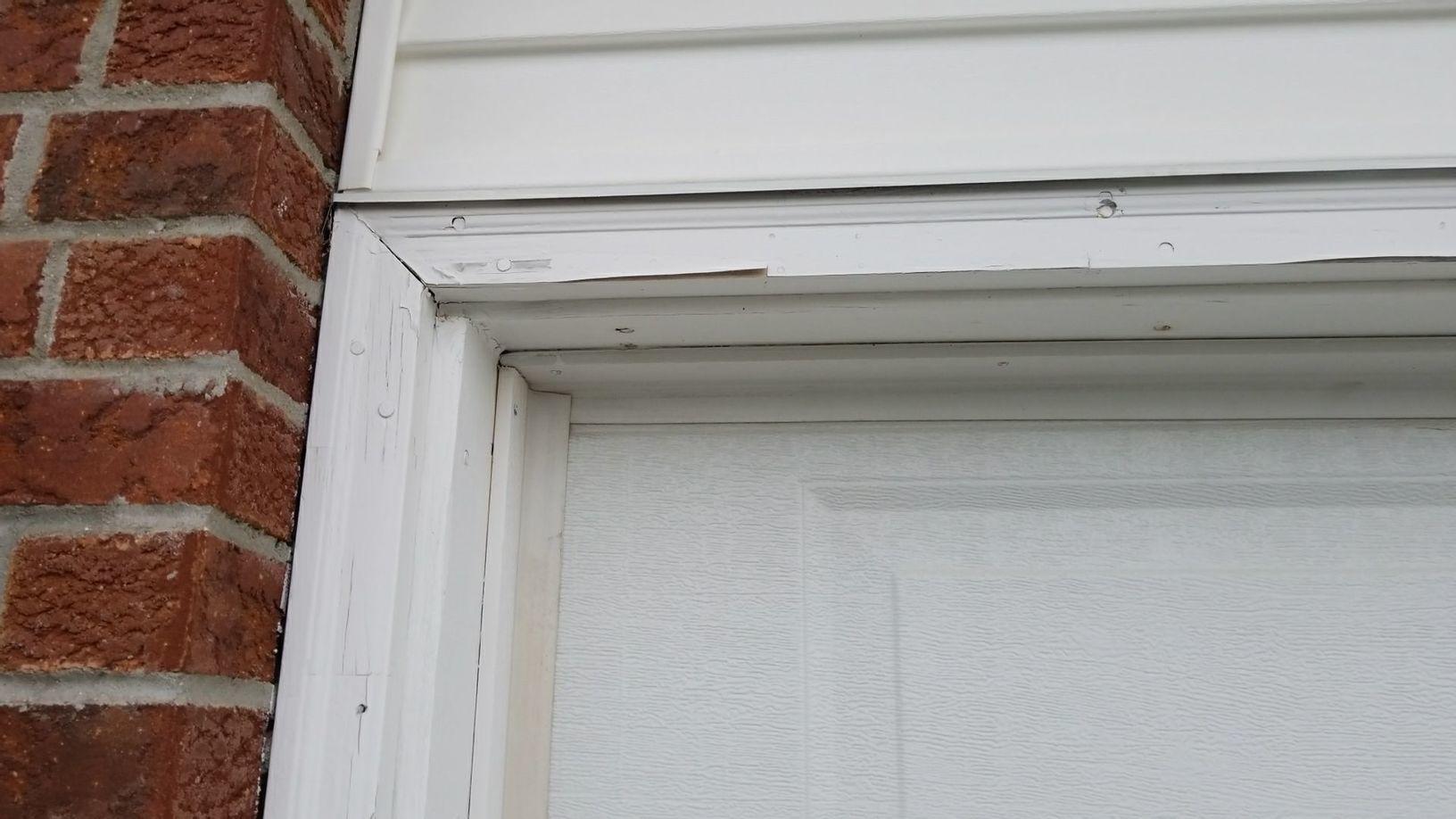
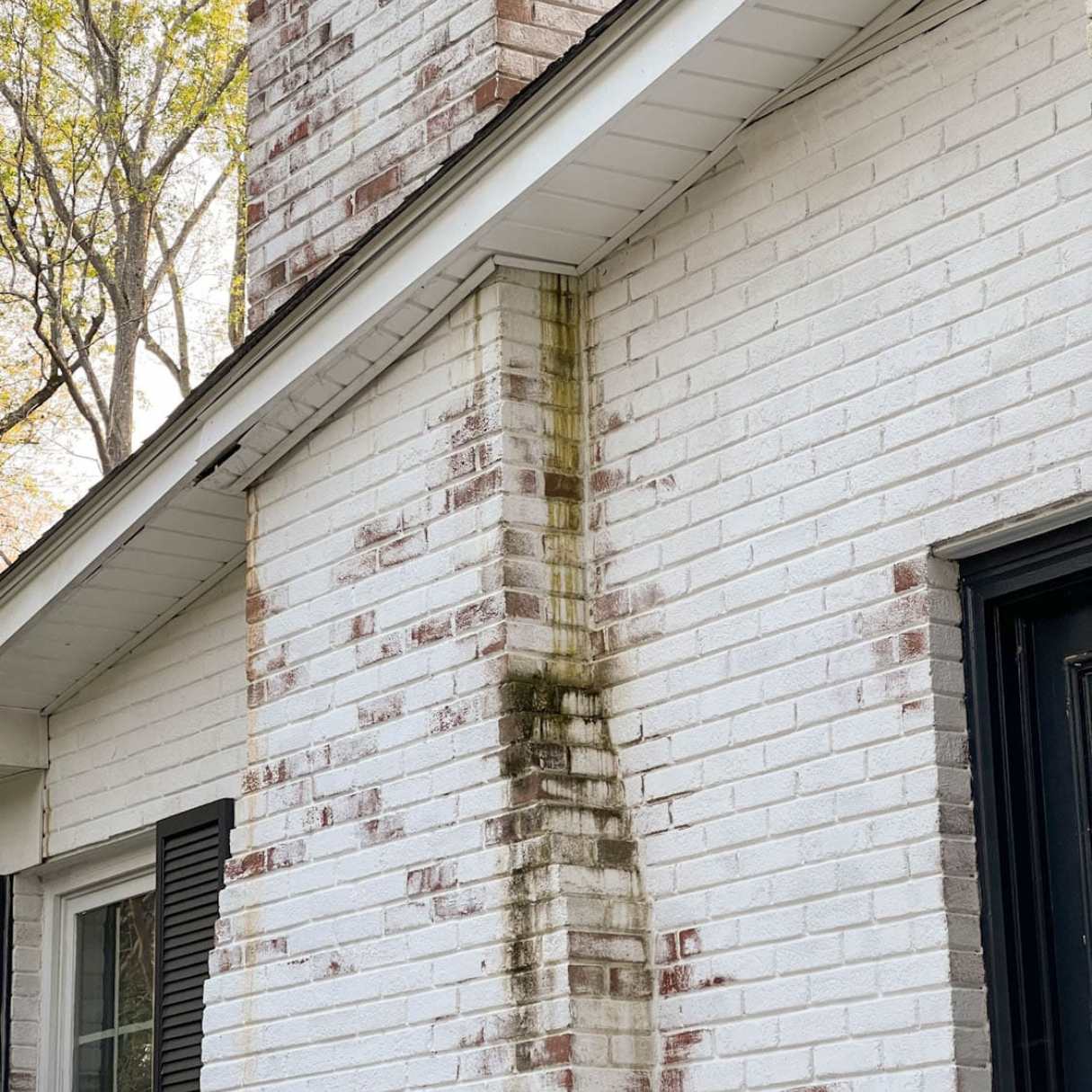
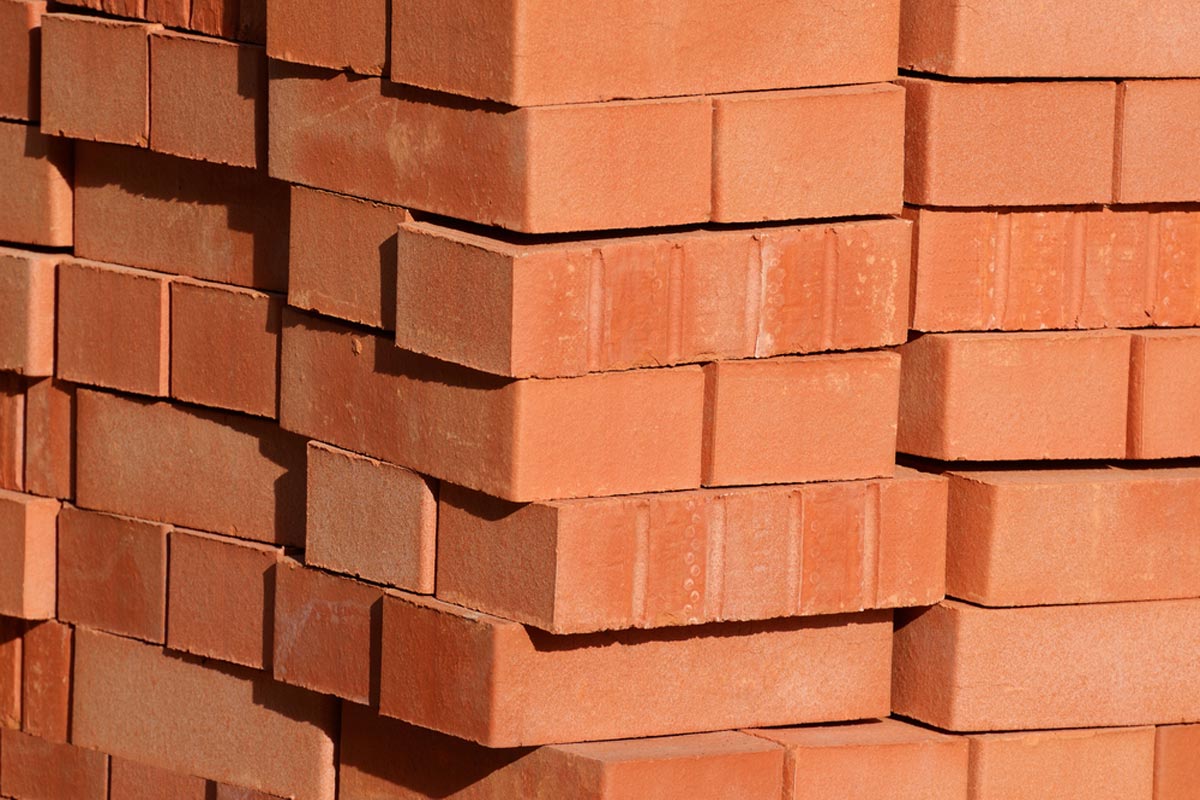
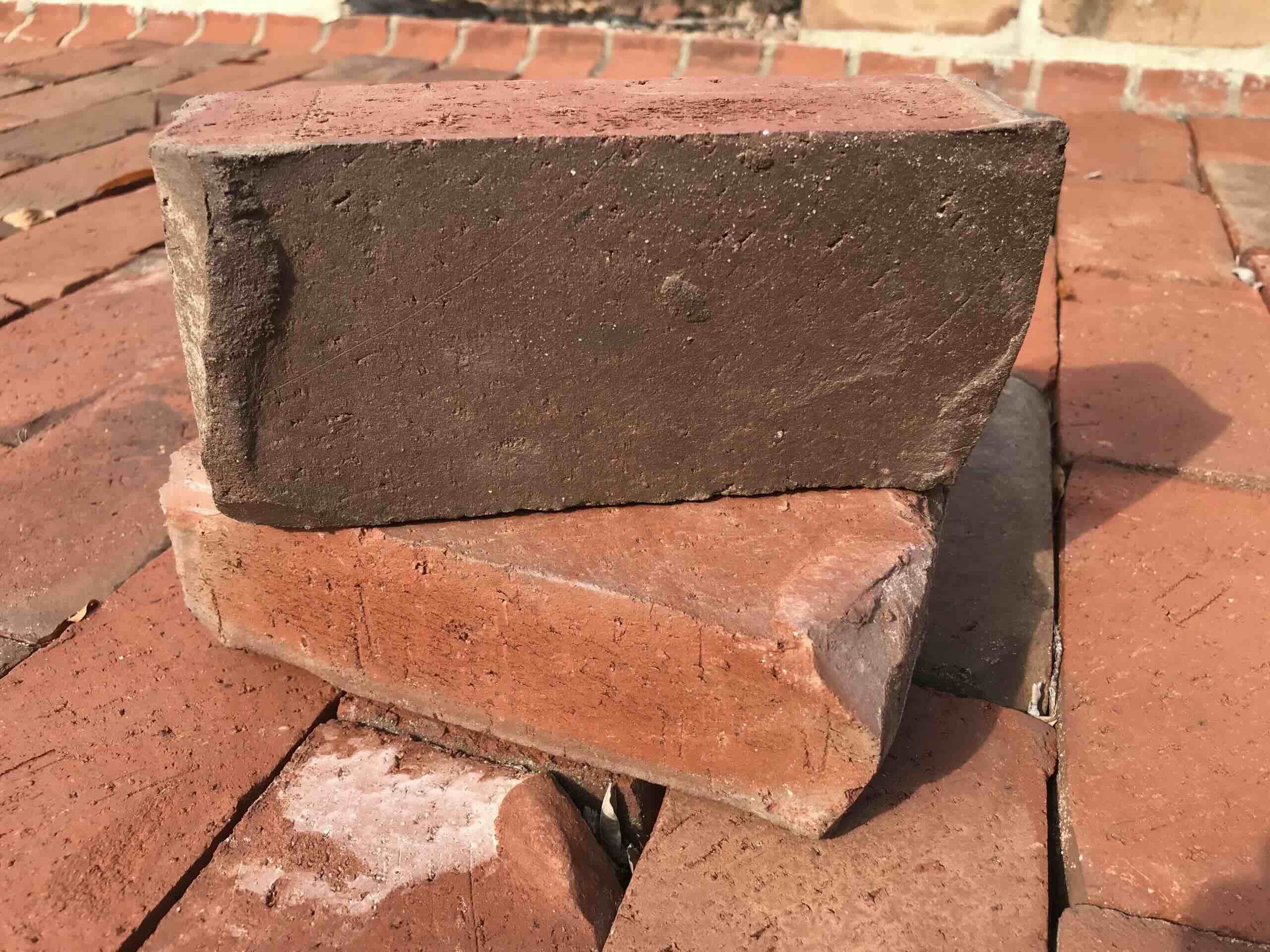
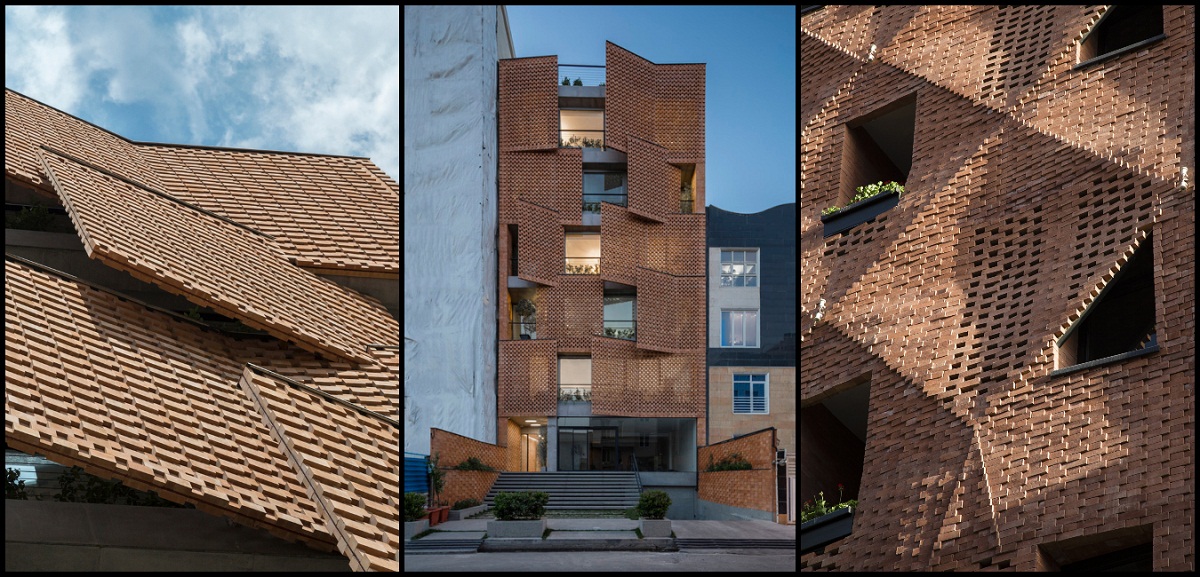
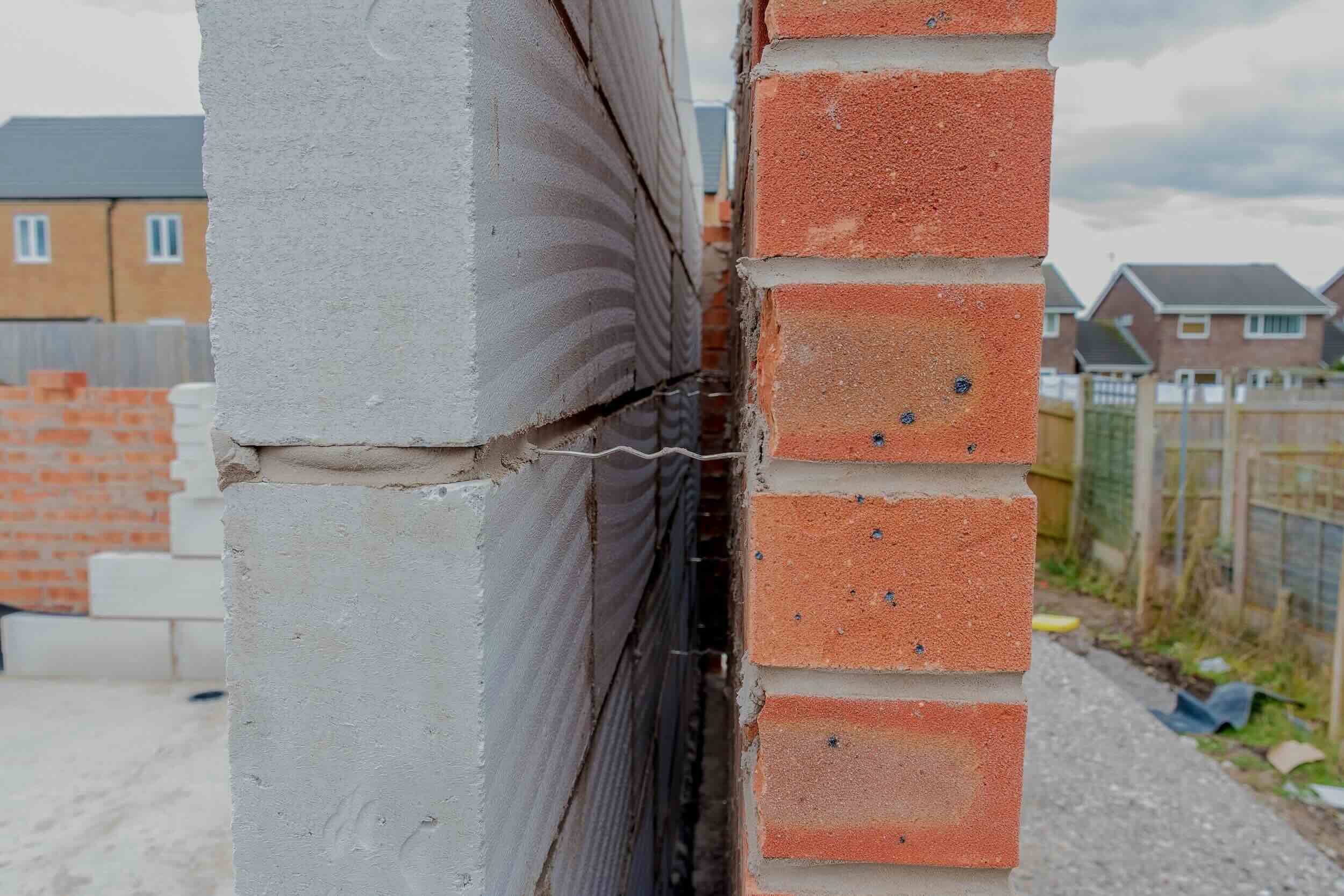
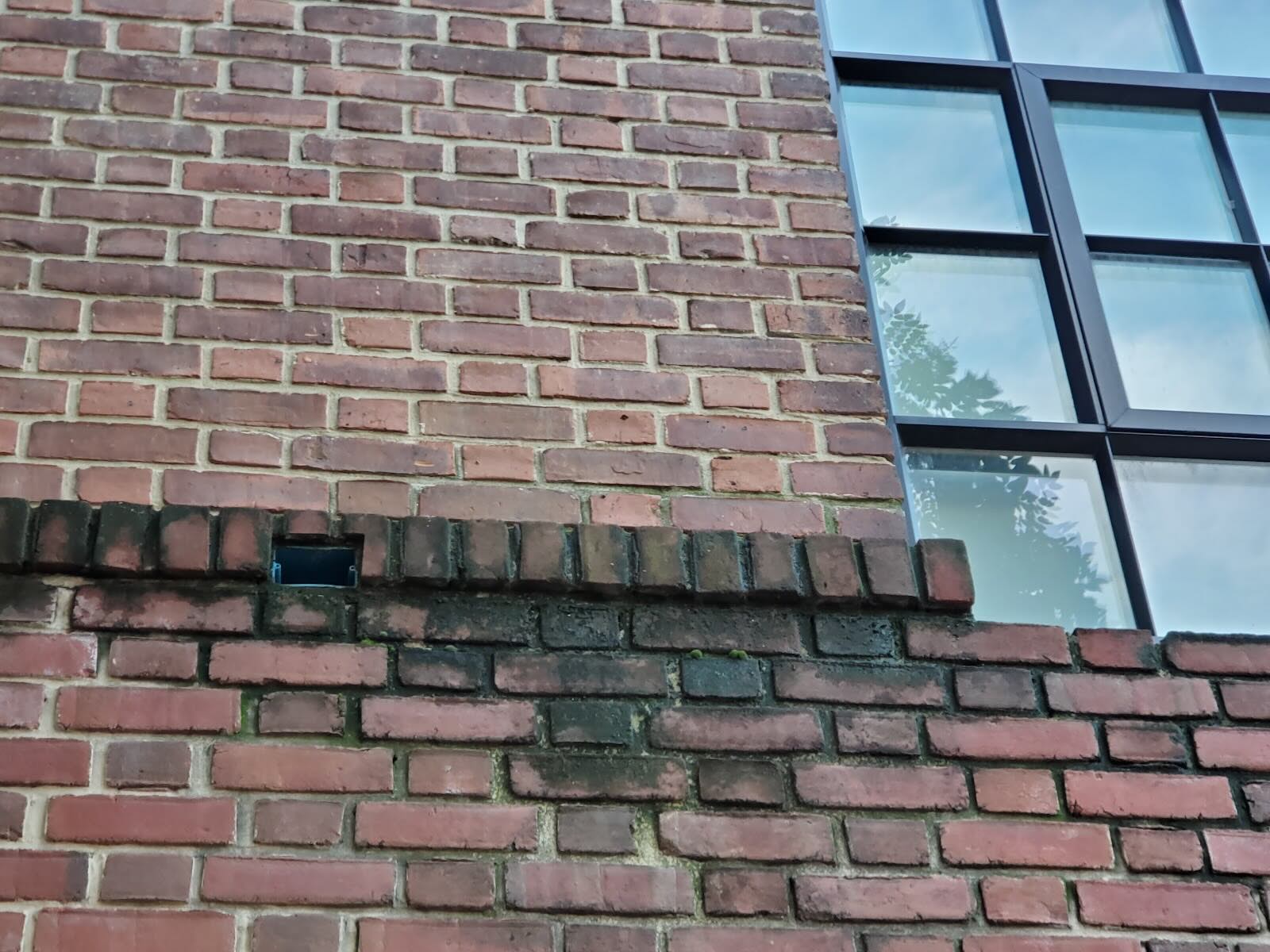

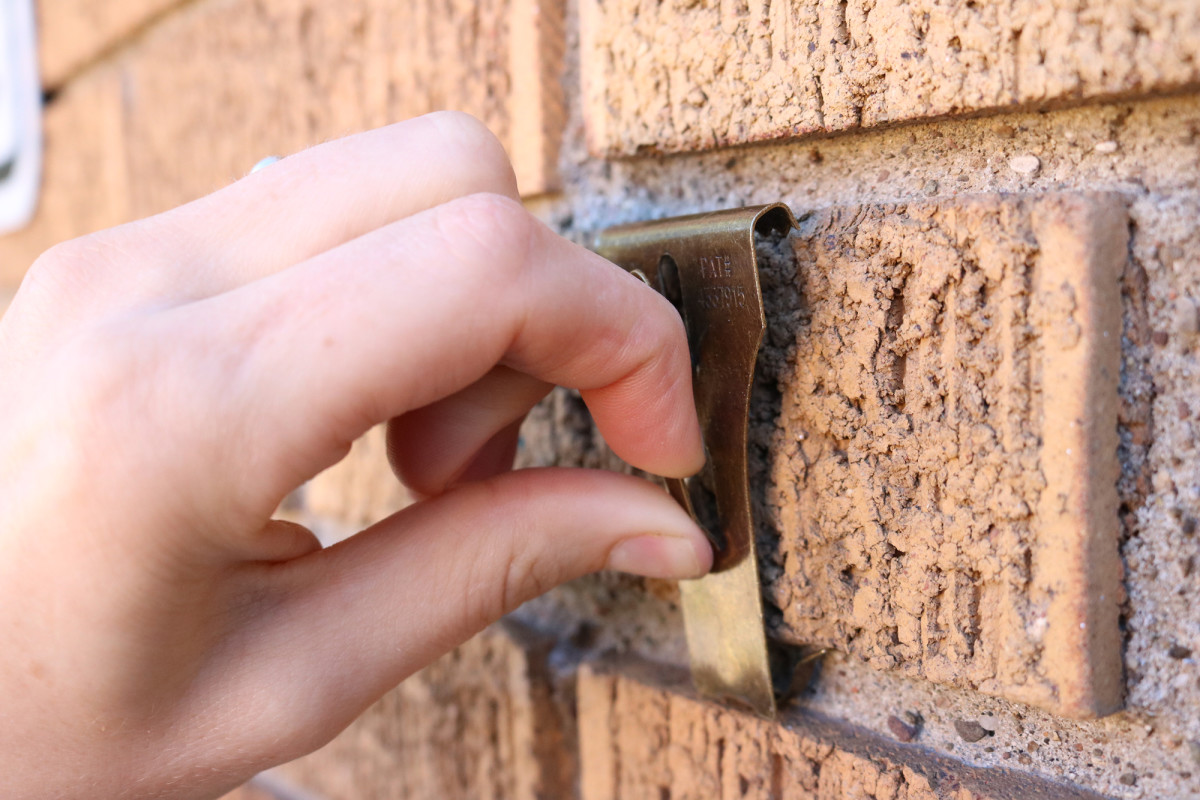
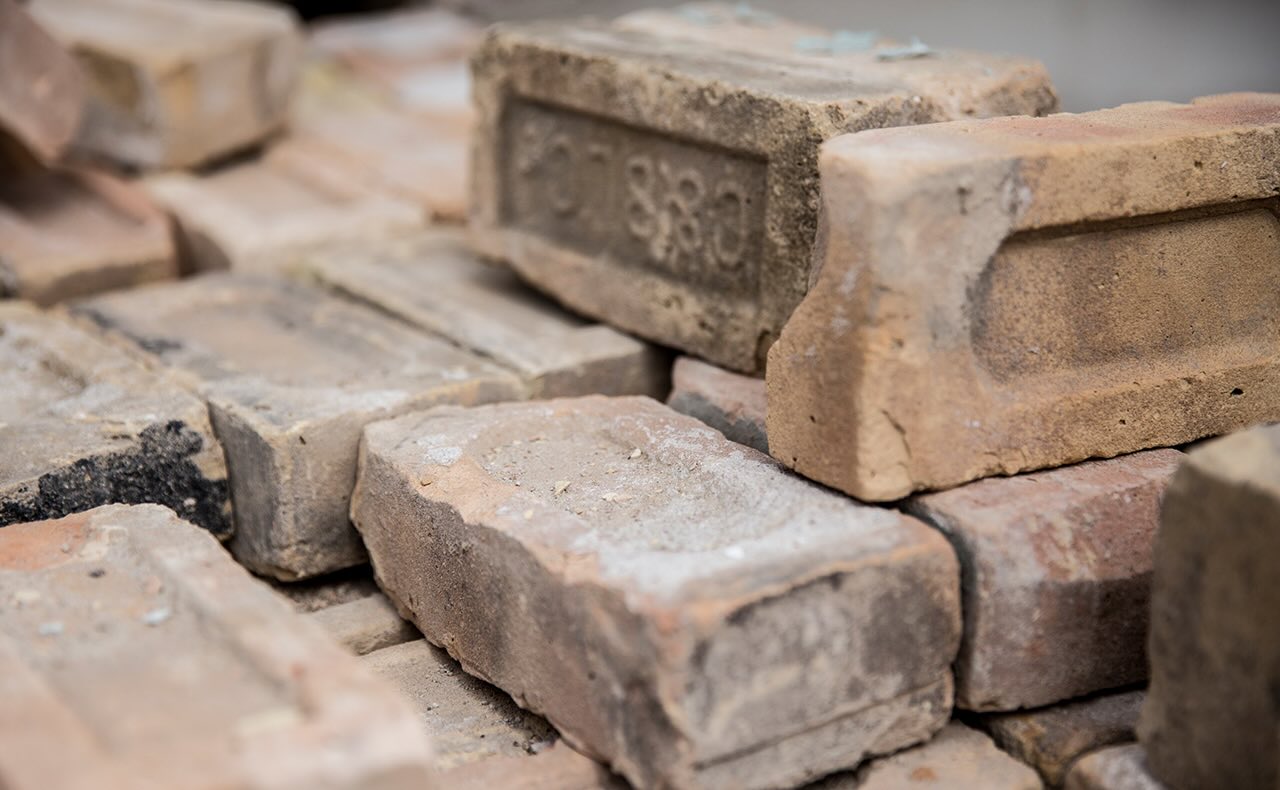
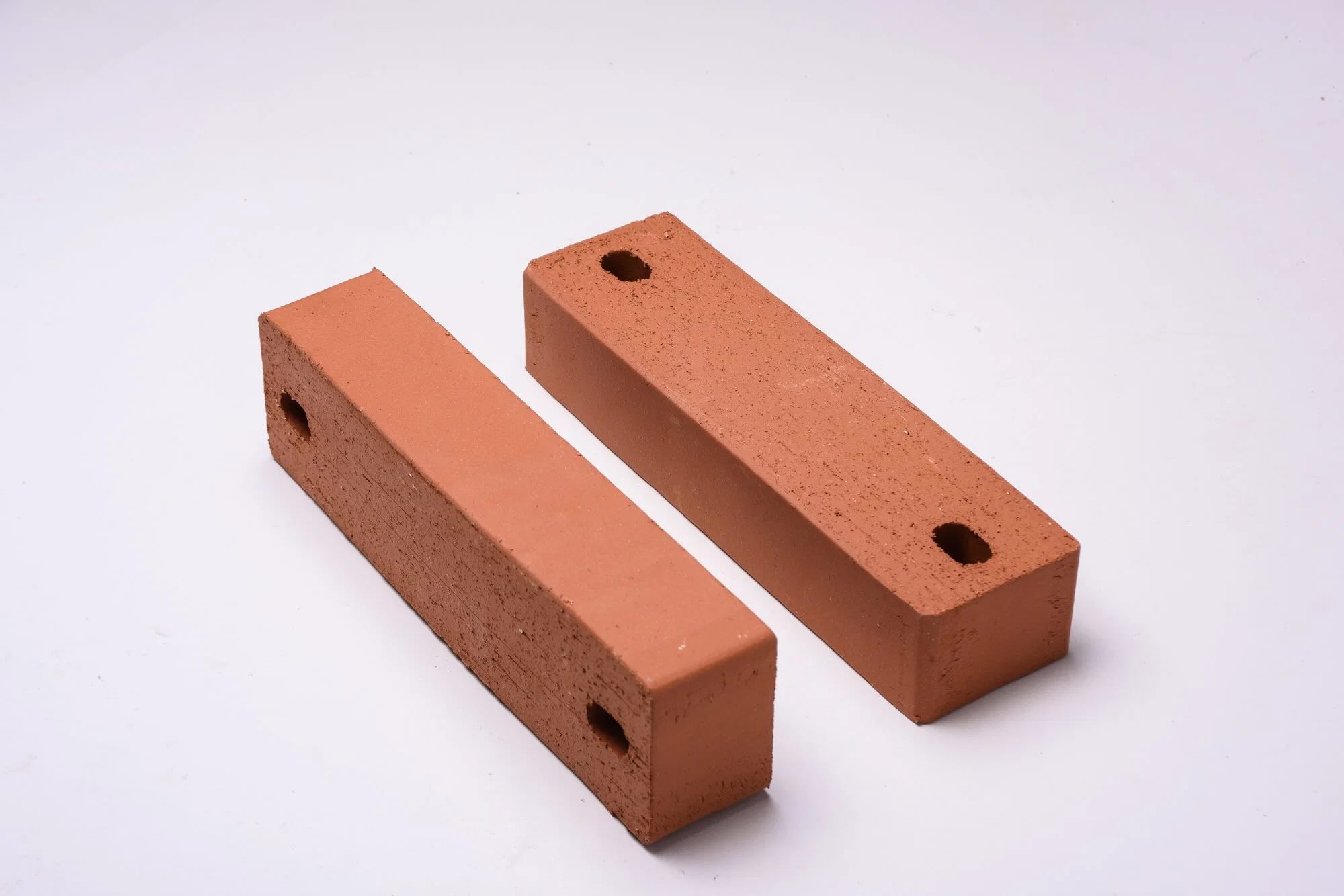
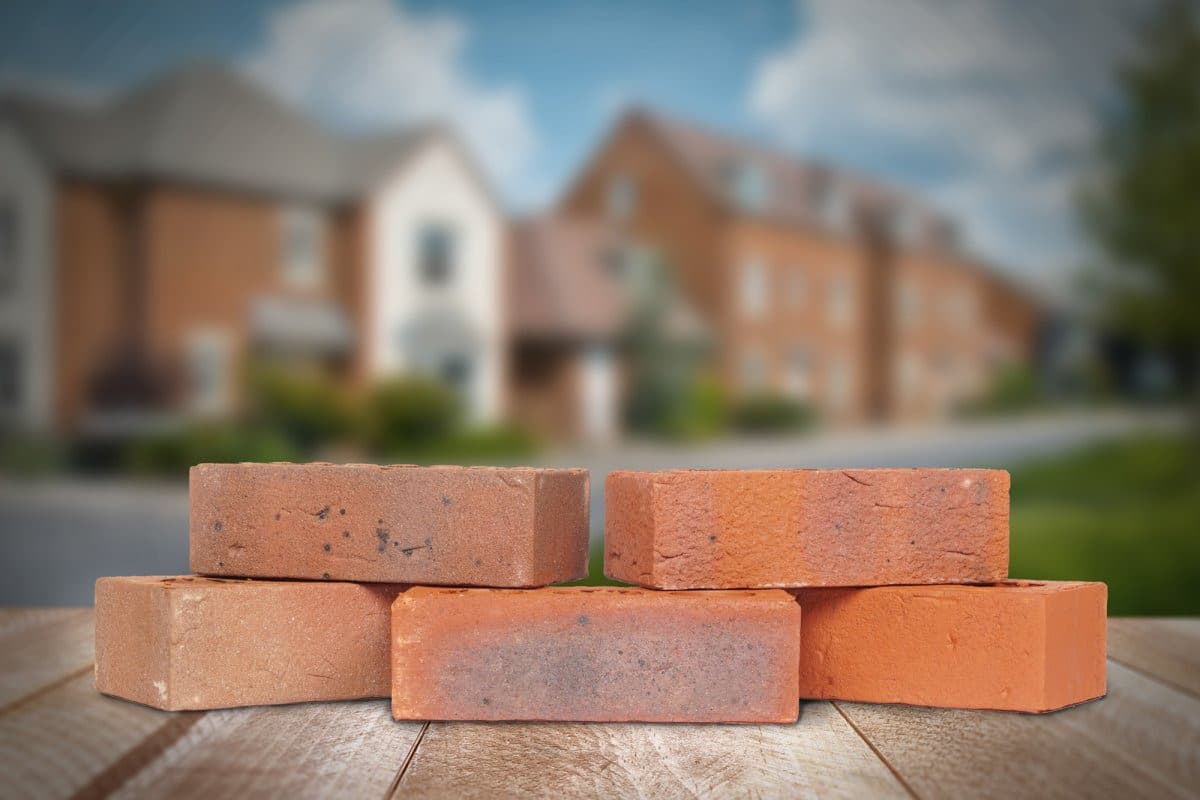
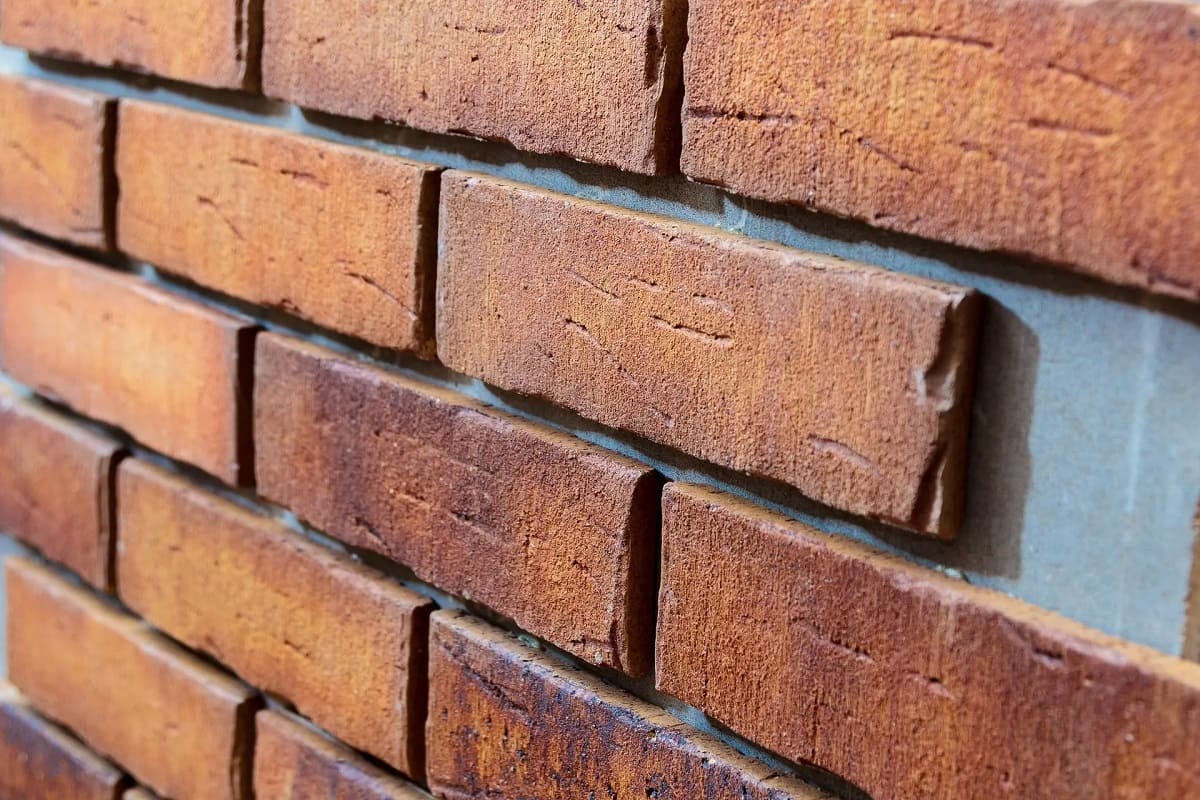

0 thoughts on “What Is A Brick”